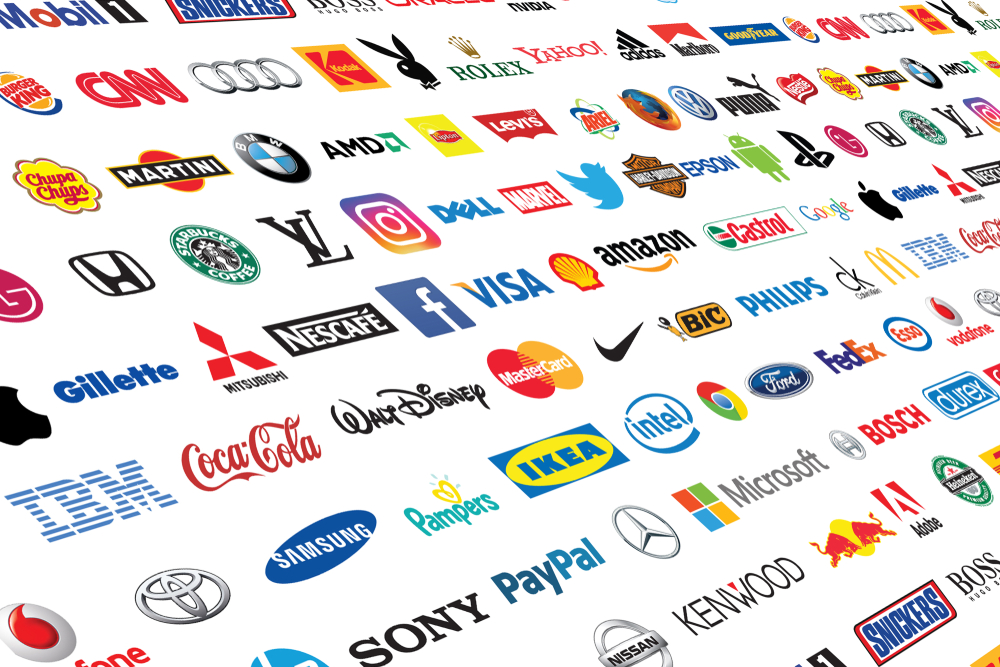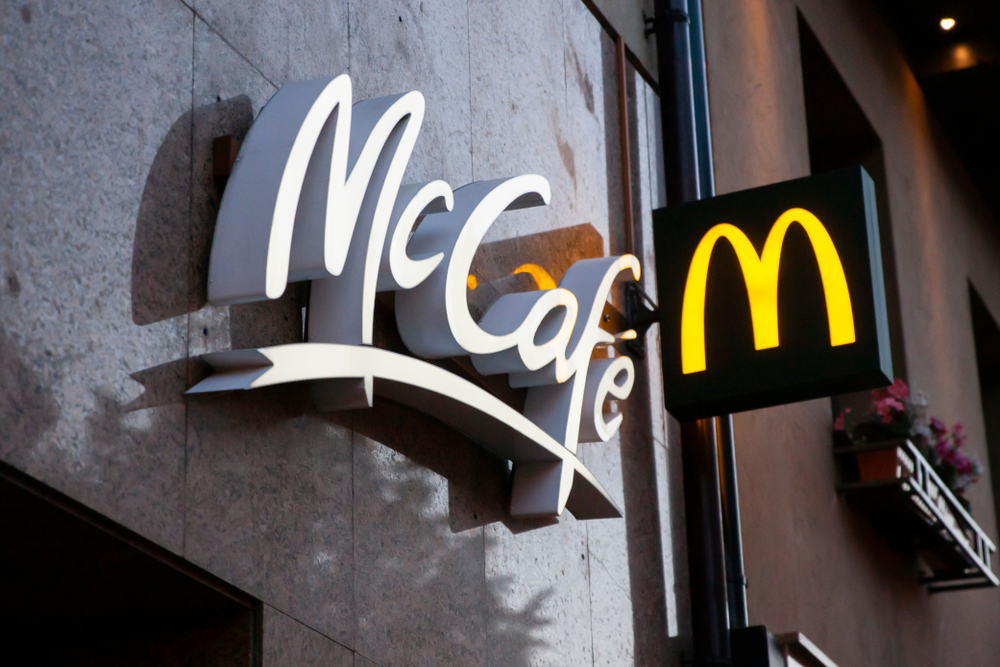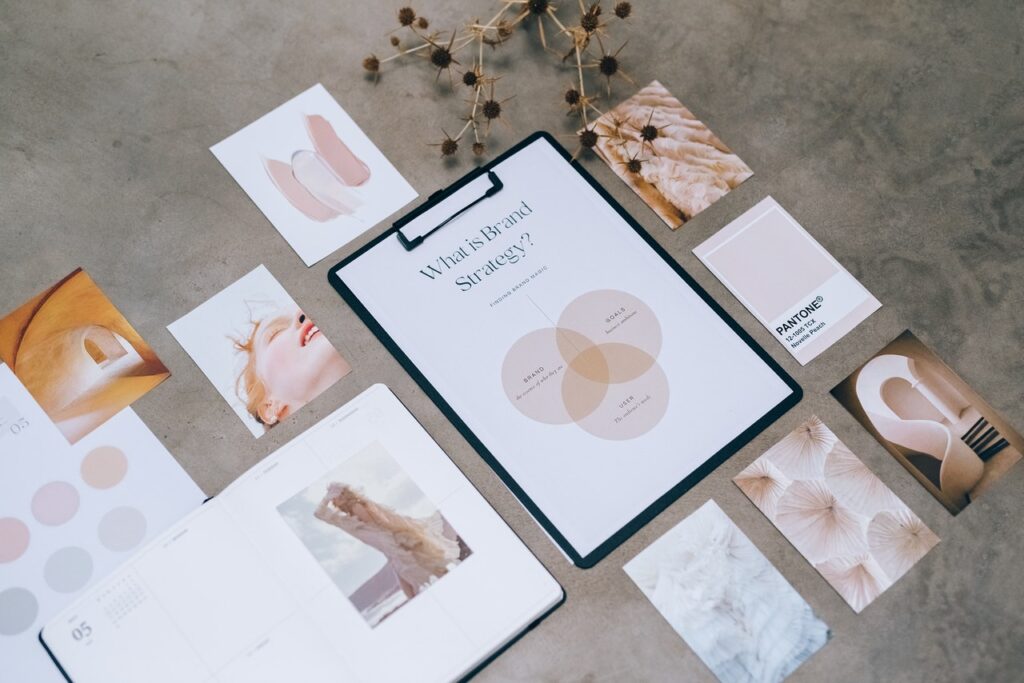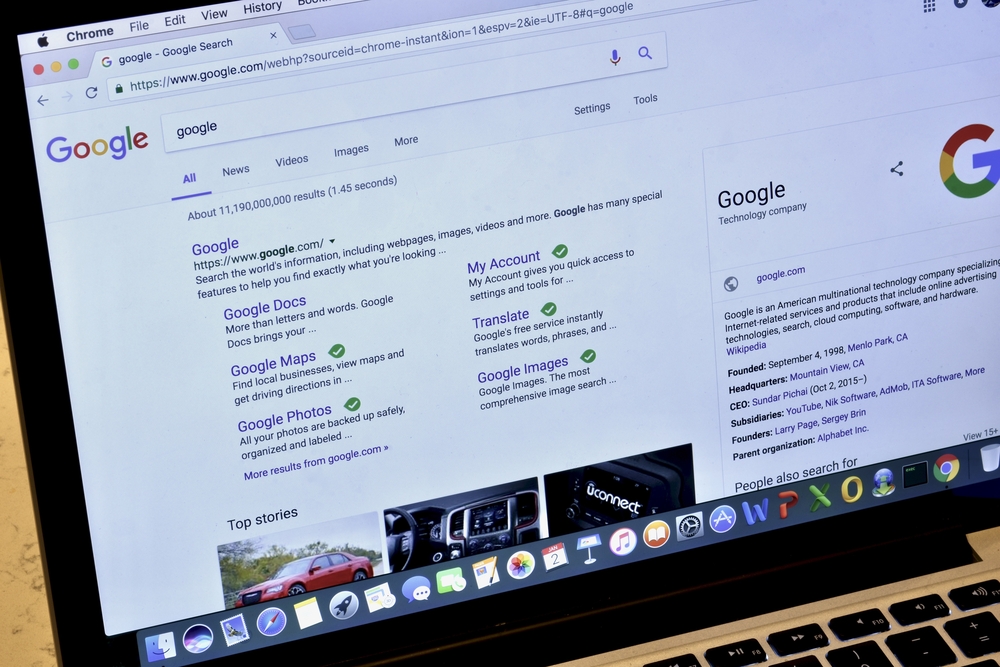What is product branding?
In our latest post, the Head of Brand & Design for Castle, Pete Richardson provides an in-depth look at product branding by highlighting what is product branding and how to get the best out of it.
People’s perception of branding is simply the font, the colours and the layout of the website. When in actuality it is so much more. Branding is how your audience perceives you, and how you come across to people. However, regarding branding, there are differences between corporate branding and product branding. Below, I will be explaining what is product branding. But first:
Why do businesses use branding?
Businesses use branding to become recognisable. This can be either the business, a product or even a service. You can use visual elements to create an environment that people can recognise straight away.
Branding allows you to differentiate between one particular brand, service or product over another. Making that particular brand easily identifiable. Simply think of your favourite clothes shops and that in itself shows the power of effective branding. There are different areas of branding that I will explain in the next few posts. But for this post, I will be explaining what is product branding.

What is product branding?
Product branding differs slightly from corporate branding, for example, product branding means that you are branding a product in order for it to grow in popularity and reach audiences. In order to have an effective product-based brand, you will need to look at your consumers and have a true understanding of what they perceive the product to be and what the benefits of the products are.
For instance, whether you are a nutritional company, for example, you will need the brand to look healthy. You can do this by using colour palettes that give that perception, reviewing your colour psychology can be a really important factor.
A colour can be pivotal in allowing a logo to stay in the memory of your target audience. For example, think of Starbucks use of green in their logo or the use of red in Coca-Cola’s. Now imagine those colours reversed. The brands would be unidentifiable. Here’s a great article from Shutterstock showing how big brands use colours in their marketing and advertising.
There are many things to take into consideration when it comes to understanding what is product branding, one of the best examples for product branding, however, would be McDonald’s. McDonald’s is an umbrella branch and what I mean by that is – you have McDonald’s. Then under that, you have a product that has its own branding to think about. For example, the McCafe. The “Mc” still being front and centre.
This allows McDonald’s to only market that particular product whilst still making audiences aware that it is still under that master brand of McDonald’s. This is just one of many examples of what is product branding. If you review some of the most recognisable brands, they will provide a great visual representation of product branding.

How would you develop a brand strategy?
The first thing to do when developing a brand strategy is to review the brand you are advertising currently so you can get a good idea of where your brand sits within that particular market area. As you are already aware, research is key.
See what your audience enjoys to find ways to be able to connect with them. You should also look at your competitors and see what they are doing to help you understand potential gaps to connect with their audience.
For example, you may find that a common complaint with a competitor is their lack of communication. You can use this reoccurring criticism and leverage it to benefit your brand. Implementing taglines regarding the fact your brand is all about communication with your customers and clients.
Personally, we had to undergo a massive rebrand when we changed from Verb to Castle, you can read that whole story here.

What are brand guidelines?
Brand guidelines are essentially a set of rules that keep your brand looking how you want it to look. Important factors to take into account is to make sure you aren’t misusing your logo; you’ve got the colour palettes you want and you have the recommended layouts for marketing collateral.
You also need to take into account your tone of voice with your mission statements so you know that everyone is on the same track when it comes to getting your brand out there.

What are the most important factors in brand guidelines?
When it comes to brand guidelines, I don’t think there’s a single one more important than others because every aspect plays a part in your brand. Every aspect needs to have equal attention, otherwise when you start a brand – or even your existing brand, will probably be compromised and suffer in certain places.
For instance, maybe you are paying too much attention to your outreach marketing and paying too much attention to the design aspect, so as a result, you might lose the tone of voice that people fell in love with your brand. Each aspect needs to be taken seriously, in order to get your brand exactly how you want it.

What strategies should new businesses deploy regarding their product branding?
Brand strategy is a long-term plan for a particular business or product. You need to have a brand narrative, a tone of voice – essentially building the blocks in order for your brand to succeed. In order for this to happen, you will need to have everything in place, such as:
- Logo
- Colours & fonts
- Patterns & icons
- Collateral
- Website design
- Content & messaging
- Advertising
- Print/packaging
Branding is much more than your logo, colours and fonts though, I cannot stress enough just how important your tone of voice is. It allows you to be perceived in a particular way by your potential audience.
For example, are you a fun business or are you more serious? This is of course dependent on what your brand provides. There’s little to gain from being a law firm and marketing your brand as hip and cool as the audience likely won’t take to it. However, being the cool and hip brand can sometimes work for a particular brand, especially when most of the competition market themselves as serious. But again, this depends on what your brand provides.

If your brand sells products in a saturated market, how would you get noticed?
If you’re a new brand trying to get noticed in a saturated market, you first need to identify what is saturated. So, is it a particular price point in which multiple businesses are marketing their products at? You might want to look at cheapening the brand with that more fun and light tone of voice. This could attract the audience in the saturated market over to your brand.
Or you could take the opposite approach. You could go for a more luxurious, expensive feel with a more serious tone of voice with a slick and stylish website design. This could also attract your target audience over to your brand, but for the opposite reasons stated above. Now, people will see your website and the serious nature of the brand. This will be a great opportunity to provide a strong level of trust with your target audience and your brand.
Ultimately, there’s plenty of different ways to address this. Adding value to products through your brand by having the more luxurious feel as stated above. Granted, this has been seen quite a lot. It’s important that when you do start to get the audience you desire, you use your tone of voice to keep them there. Once a customer or client is satisfied with your work, the easy job has been completed and the real test begins.
These have been my thoughts regarding what is product branding. I hope this has given you some valuable insight and ideas towards your new brand or rebrand. If you would like to discuss this in more detail, please feel free to reach out. Alternatively, why not let us take this heavy work from you.

Get in touch with us:
Starting a new brand can be difficult, the same can be said for overhauling an existing brand too. So why not let us worry about this for you? At Castle, we work alongside our clients to create brands that reach out to their audiences, as well as producing engaging designs to enhance any brand or project.
We don’t just see a brand as a logo and nothing more, our team of designers work closely with you to ensure the brand voice and narrative matches the visual impact and ethos of your company. We work tirelessly until you get the result that is 100% correct for the direction and development of your business.
If you’re after a rebrand, we have you covered too. We offer consultation and advice throughout the whole rebrand process. Most importantly, we listen and stay honest about the direction of your business. Take a look at our work and see for yourself.
Feel free to get in touch with us today to kickstart your brand.
